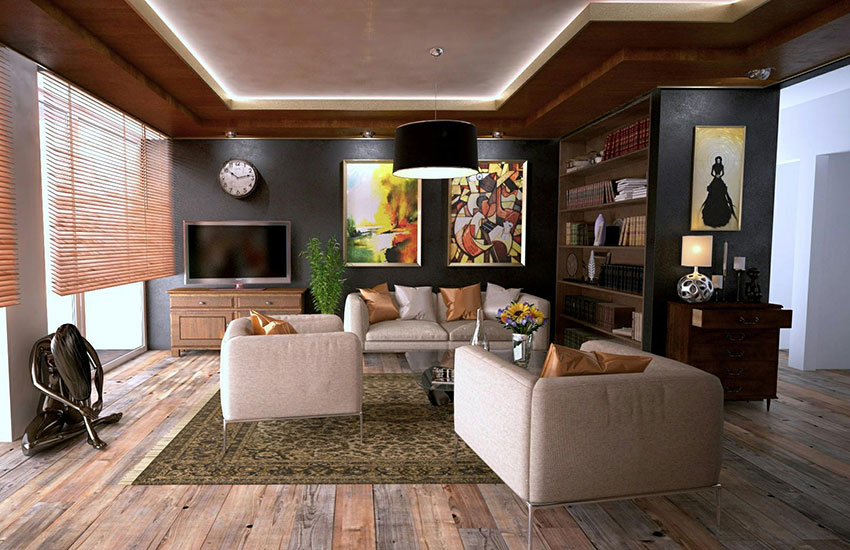- architectshimalayan@gmail.com
- Palampur Road Tashi Jong (Paprola)Near Mount Pearl Supermarket District Kangra H.P. 176081
Interior Design
Interior Design

Interior designing is a dynamic and creative field that involves the thoughtful and strategic enhancement of interior spaces to achieve a harmonious balance of functionality, aesthetics, and the overall experience for the occupants. Interior designers play a pivotal role in shaping the visual, spatial, and emotional aspects of residential, commercial, and institutional environments.
Key Components of Interior Designing:
Spatial Planning: Interior designers carefully analyze and plan the layout of interior spaces. This includes optimizing the arrangement of furniture, fixtures, and other elements to ensure efficient use of space and a seamless flow throughout the area.
Color Palette: Color plays a significant role in setting the mood and atmosphere of a space. Interior designers leverage their understanding of color psychology to select palettes that align with the intended purpose of the space and the preferences of the clients.
Furniture and Furnishings: Selecting the right furniture and furnishings is crucial for both functionality and aesthetics. Interior designers consider the style, scale, and placement of furniture to create a cohesive and visually appealing interior.
Lighting Design: Proper lighting is essential to highlight architectural features, create ambiance, and support various activities within a space. Interior designers strategically incorporate natural and artificial lighting to achieve the desired effects.
Materials and Finishes: Interior designers choose materials and finishes that not only enhance the visual appeal but also contribute to the durability, comfort, and overall aesthetic of the space. This includes flooring, wall coverings, and other surface materials.
Texture and Pattern: The use of texture and pattern adds depth and visual interest to an interior. Interior designers skillfully integrate textures and patterns through fabrics, wallpapers, and other elements to create a rich and layered design.
Technology Integration: In contemporary interior designing, technology is often seamlessly integrated into the design. This may involve incorporating smart home features, audio-visual systems, and other technological advancements to enhance the functionality and convenience of the space.
Client Collaboration: Successful interior designing is a collaborative process between designers and clients. Interior designers actively engage with clients to understand their needs, preferences, and lifestyle, ensuring that the final design reflects the client’s personality and vision.
The Design Process:
The interior designing process typically involves several stages, starting with the initial consultation and concept development, followed by detailed planning, material selection, documentation, and finally, the implementation of the design.
In conclusion, interior designing is an artful blend of creativity, functionality, and client collaboration. Whether transforming a residential home, a corporate office, or a hospitality space, interior designers have the ability to turn ideas into inspiring, livable, and aesthetically pleasing environments that cater to the unique needs of the occupants. The impact of thoughtful interior designing extends beyond visual appeal, influencing the way people experience and interact within the spaces they inhabit.
